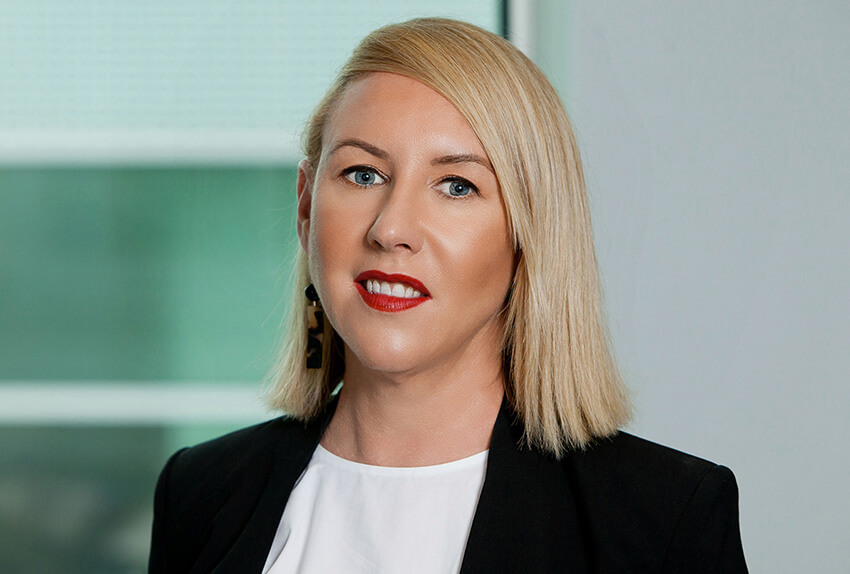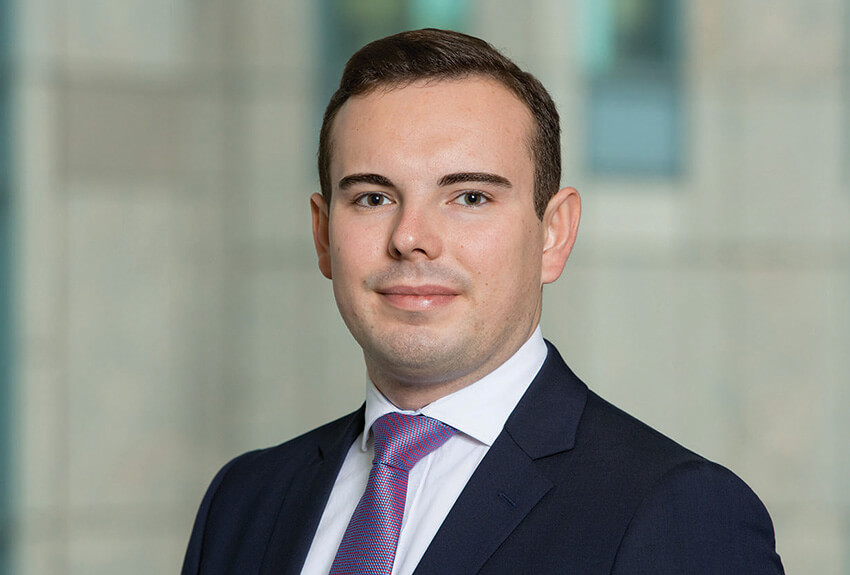Partner London
"Both the OFTO and the generator making use of the OFTO’s dedicated connection to the grid need to be able to operate their assets and finance their licensed activities."
Before we dive into the detail, how these events are treated, and the impact they have on OFTOs, generators and potentially all system users should be considered in light of the aims of the regime and Ofgem’s statutory objectives. The OFTO regime is intended to drive the most efficient allocation of risk between generator-developers and OFTOs-consumers. This reflects the principal objective of both Ofgem and the Secretary of State: to protect the interests of existing and future consumers¹. However, in carrying out that objective, Ofgem and the Secretary of State, must have regard to the needs to secure that:
- “all reasonable demands for electricity are met”; and
- “licence holders are able to finance the activities which are the subject of obligations imposed” by their licences.
While a coordinated and true offshore network would require a more nuanced assessment, along with the radial connections that the regime has delivered to date, the concept is easy enough to understand: both the OFTO and the generator making use of the OFTO’s dedicated connection to the grid need to be able to operate their assets and finance their licensed activities (transmission and generation, respectively).
One of the mechanisms used to make sure that generators and OFTOs do not bear the shock of a large capital expenditure is the income adjusting event mechanism (IAE) in the OFTO licence.
What is an income adjusting event?
Generally speaking, for an OFTO, an IAE is roughly equivalent to a force majeure event. Any payments flow through to the OFTO, and rather than increasing the network charges for a generator, they are spread across all users. This allows the OFTO and generator to continue providing electricity and financing their licensed activities because it ensures that the economic factors on which their investments were based are not too dramatically altered.
Ofgem’s recent modification of OFTO licences (that came into effect on 14 January 2021) made changes to the IAE condition to clarify the force majeure definition and introduce an equivalent to an insurance deductible for circumstances when insurance is not available to the OFTO.
While the generator no longer owns the transmission assets, as it must divest the assets under the OFTO regime, there are circumstances where it may still rightly carry the risk for a cable failure – if, for example, it had been damaged during manufacture and/or installation or was installed inadequately, and the generator maintains the contractual nexus with the counterparty (and therefore the benefit of any warranties and defects periods). Conversely, if the relevant contracts and warranties have been transferred to the OFTO, it has sufficient standing to pursue any claims directly, and it should therefore bear the risk.
"Any payments flow through to the OFTO, and rather than increasing the network charges for a generator, they are spread across all users."
Real problems result when particular issues arise outside of any contracted warranty periods or the generator is prohibited from bringing a claim against the original supplier or installation contractor (for example, as a result of its susceptibility to a no-loss argument) – sometimes insurance is available to the OFTO for the particular risk that caused damage, and sometimes it is not. In the latter case, who should bear the cost? There are three possibilities:
- the OFTO – in which case it may be driven into insolvency by high capital costs of repair;
- the generator – in which case it bears the cost of repairing an asset that it had sold, over which it has no control or recourse against the original supplier or installation contractor; or
- all users – in this case, the cost is spread across all system users (and most likely passed down in the network costs that end consumers pay).
CASE STUDY: Gwynt Y MÔr Offshore Wind Farm
These issues have been brought into sharp focus over the last few years as a result of a series of disputes arising out of two export cable failures in 2015 at the Gwynt Y Môr Offshore Wind Farm.
Two export cables failed in March and September 2015 respectively as a result of damage to the fibre optic cable sheath allowing seawater ingress. The corrosion caused by this seawater ingress ultimately led to cable failures. However, the parties’ experts concluded that the damage occurred during manufacture, storage, installation or post-installation, but before the transmission assets were transferred to the OFTO in February 2015. Notably, the defect was not known to either party until the cable failures in March and September 2015 and therefore until after the OFTO transaction documents had been executed. The OFTO notified Ofgem in respect of both cable failures stating that they constituted IAEs. In May 2017, Ofgem determined that the first failure did not constitute an IAE. In June 2020, following the quashing by the High Court of an earlier decision that it was an IAE, Ofgem determined that the second failure also did not constitute an IAE.
Key contacts
"The OFTO’s experience at Gwynt Y Môr highlights that as the asset owner, ultimately it is the first source of funds required to repair any damage to or failure of the OFTO assets."
In parallel, in April 2020, the OFTO lost a claim it brought against the generator in the High Court seeking payment, pursuant to an indemnity in the OFTO transaction SPA, of the reinstatement cost incurred in repairing the cables².
Having been refused IAEs by Ofgem and losing its claim against the generator, the Gwynt Y Môr OFTO has been left carrying the £15m cost of repairing the cables, as well as its undoubtedly substantial legal bills. This is in circumstances where the OFTO will have assumed, prior to purchasing the assets, that the only remaining risk to the cables was from accidental damage, such as an anchor strike.
The OFTO’s experience at Gwynt Y Môr highlights that as the asset owner, ultimately it is the first source of funds required to repair any damage to or failure of the OFTO assets. Given the overall OFTO framework, an OFTO would have expected that it should be able to recoup some of that cost from the generator, through insurance, or through an IAE. However, as the Gwynt Y Môr OFTO discovered to its detriment, if such issues have not been fully resolved prior to asset transfer or, if not known to or discoverable by either party prior to transfer, have not been addressed properly in the transaction documents, the OFTO can find itself significantly out of pocket.
Key Take Aways
Given the issues surrounding IAEs and the heightened risks inherently associated with subsea assets, it is key for both OFTOs and generators to take steps to minimise their unexpected exposure to costs arising out of problems with the OFTO assets. The risk of defects and/or damage cannot be eliminated. However, if the risk distribution between the OFTO and the generator is appropriately dealt with prior to transfer then the parties can price that into the transaction and minimise the chance that any future remedial cost will come as a shock to either party.
Even then, the Gwynt Y Môr example shows us that parties can all too easily fail to properly legislate or account for costs arising out of hidden or latent defects. This is entirely understandable as it is very difficult to find a solution, at least a legal one, to deal with latent defects in the OFTO industry. The apportionment of risk for latent defects is ultimately a commercial issue, the resolution of which will vary with each OFTO transaction. Parties can at the very least avoid the delay and cost associated with a lengthy dispute between the generator and the OFTO if the liability and risk for latent defects is expressly legislated for in the transaction documents. How the parties price the risk of latent defects is inevitably difficult.
"One alternative may be the creation of a market-based solution, perhaps a subscription based cooperative venture between OFTOs, with framework contracts in place with various manufacturers, suppliers and installation vessels."
For example, the cost of cable repair or replacement is, by now, known in the industry and so the cost of various cable failure scenarios can, hypothetically, be quantified. However, the reality is more nuanced, as it is never clear which considered scenario (if any) may materialise, and what the market circumstances will be at the time:
- Rapid technology development and longer cable routes for newer projects means availability and lead times for the manufacture of replacement cable sections or joints are unpredictable.
- A limited number of specialised installation vessels means further delays can be caused by their availability, or alternatively, payment of premium prices may be required to accelerate installation.
- Several recent recessions have shown that no firm is safe, with the collapse of cable installation outfit Subocean in 2011 and the more recent collapse of construction firm Carillion in 2018 being felt across the offshore wind sector.
The problem is that if market practice allows OFTOs to price into their bids the cost of a hypothetical cable failure, and such a failure does not occur, they will reap a windfall. Generators will not want to fund, through inflated bids, such windfalls and OFTOs are unlikely to want to build in a contingency that may make their bid uncompetitive in an increasingly competitive market. One alternative is for the generator to assume the risk of latent defects to the higher value parts of the transmission assets; in very limited cases, certain generators may be willing to assume certain specific risks associated with latent defects, but the majority of generators will probably not. Another alternative may be the creation of a market-based solution, perhaps a subscription based cooperative venture between OFTOs, with framework contracts in place with various manufacturers, suppliers and installation vessels.
In any event, the worst scenario is for the transaction documents to be silent on the subject or worse still unclear and ambiguous, as this will inevitably lead to a long and drawn-out series of disputes, as was the case on Gwynt Y Môr.
"In any event, the worst scenario is for the transaction documents to be silent on the subject or worse still unclear and ambiguous, as this will inevitably lead to a long and drawn-out series of disputes."
The Gwynt Y Môr example highlights the two key steps that the generator and OFTO can take to appropriately deal with risk management:
- Seek to resolve any outstanding defects, installation, construction or other disputes relating to the OFTO assets before they are transferred to the OFTO.
- In respect of latent defects and those known disputes that cannot be resolved within the strict timeframes allowed to complete the OFTO transaction, for the parties’ dispute resolution and transactional legal teams to work closely together to ensure that the contractual regime(s) dealing with any such disputes and governing the apportionment of risk in the OFTO transaction documents are as comprehensive as possible and reflect the commercial position agreed between the parties. Of course, it would help to put the parties on even footing if there was a mechanism to extend the timetable – see our previous article on the generator commissioning clause.
The depth and breadth of WFW’s experience advising in respect of OFTO transactions means that we are excellently placed to assist our clients in taking the above steps. In addition to the institutionalised knowledge of our transactional team, the dispute resolution team has wide experience in this area, having acted on many disputes relating to OFTO assets, and in particular subsea cables. The two teams regularly work together as part of our full service offering when advising on transactions and consistently see the benefits our clients receive from having the teams so closely integrated during OFTO transactions.
If you would like to discuss any of the issues raised in this article, please contact the authors.
To opt in to WFW mailings and register for alerts on our forthcoming articles as soon as they are published, please email us here. All the articles published in our OFTO series can be found here.
[1] Section 3A, Electricity Act 1989
[2] See our previous article in respect of the High Court’s decision, available at: https://www.wfw.com/articles/indemnities-for-ofto-assets/
Key contacts
Partner London
Partner London
Senior Associate London






